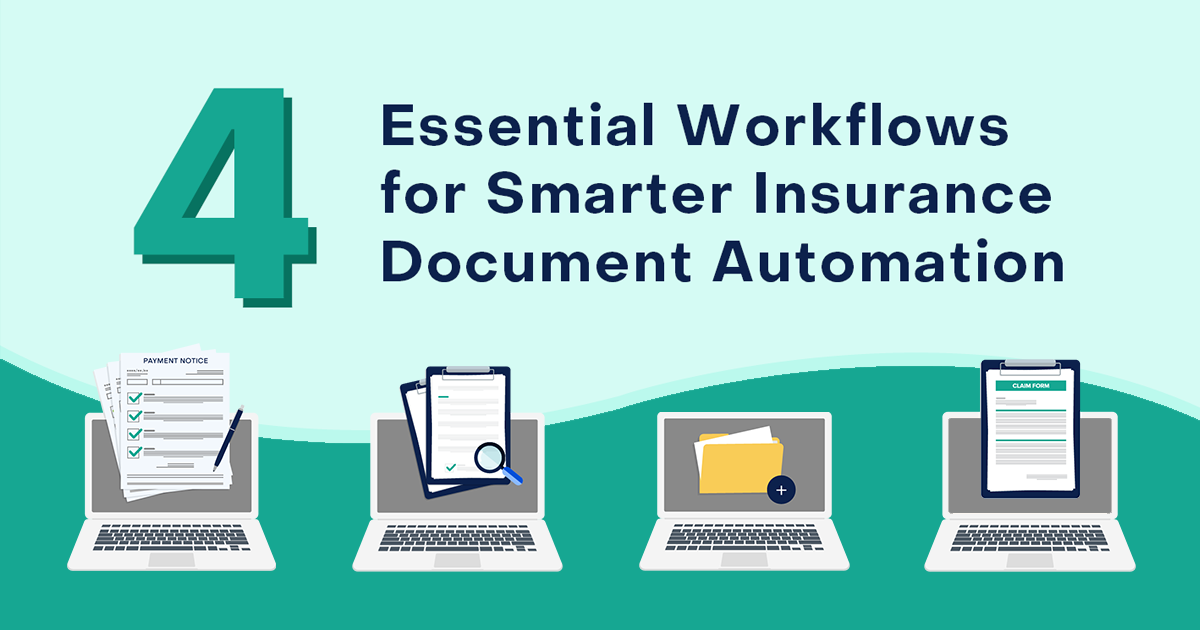In today’s ultra-competitive market and the ability to create custom products and services with a flip of a switch, CPQ software has helped shape the current business landscape where anyone, whether it is B2B or B2C, can sell at the speed of now! That’s why we’ve tapped into our very own subject matter experts, Bert de Vries, Sales Director and Peter Willemse, VP of Product Management, to look at the current state of CPQ, how it got here, and where it is heading.
The State of CPQ Today in 10 Q&A
The outline of this Q&A discussion will include 10 questions, broken into 2 parts and answered by both thought leaders. The 10 questions will be as follows:
Part 1 (today):
- For everyone new to CPQ out there, what is CPQ? Why do businesses use it, and who uses it?
- What did the first CPQ solutions in the market look like?
- You both have been involved in the CPQ space for a combined 20+ years. What has been the biggest difference you have seen in “yesterday’s” CPQ compared to “today’s” CPQ?
- Gartner estimated in 2018 that CPQ revenue was $1.2 billion, with almost all of the growth related to cloud-based offerings. Compare this to 2015, when they estimated only 25% was cloud-based revenue. Why has cloud-based CPQ taken over the market?
- Gartner also projected the CPQ market to increase 15% annually through 2020. With your work in this industry, do you believe this projection from 2018 has held true? Or did world events like the pandemic impact CPQ growth?
Part 2 (June 24th):
- Is there a “generic” business profile that describes how base companies can benefit from a CPQ solution?
- What common challenges are businesses solving today with their CPQ solutions?
- Do you see CPQ as a product that changes the market, or does it support and adapt to the changes happening in the market?
- What innovative ideas are current businesses you work with bringing to the table that CPQ is helping to make a reality?
- What does the next version of CPQ software look like?
Let’s get started with part 1.
1. For everyone new to CPQ out there, what is CPQ? Why do businesses use it, and who uses it?
CPQ software, also known as guided selling software or product configurator, helps organizations generate quotes and orders quickly and accurately for complex configurable products and services. CPQ enables streamlining of sales cycles, making them more efficient, productive, and more successful.
It’s typically used by sales and engineering teams, who face some common challenges we see across the board with all our customers. We can put these challenges into three categories.
First, our customers try to drive the cost of sales down. They need to reduce the time spent per quote, the number of colleagues involved to create quotes, reduce errors on quotes that will require rework by sales teams, as well as create great-looking documents in a short timeframe. Changes while fulfilling orders because of faulty quotes are a common thing customers struggle with. Also, the time to process quotes after the customer commits is a key area where our customers want to improve.
Second, they want to increase revenue. This includes the volume of sales, as well as the margin per sale. A sales cycle takes longer than they want to because the information is spread around the organization, and products and services carry a lot of complexity to quote. Changes to products being offered involve engineering colleagues and require different technical and commercial approvals that take time. Our customers also see an increasing need to provide an online quote and order environment, either for their B2B resellers, dealers, and business partners, or for a direct B2C channel by consolidating their supply chain.
The third area where our customers face challenges is reducing operational costs around sales and increasing margins. Customers need to generate more margin per order, decrease the processing time of committed orders, the time needed for change requests, and providing insight into order status to increase their margins and optimize their profitability.
2. What did the first CPQ solutions in the market look like?
The first CPQ-like solutions were order-entry product configurators connected with or a part of ERP systems to validate an order from sales and create a customer-specific BOM and routing.
Independently, sales-oriented bespoke was created to support the sales configuration part.
3. You both have been involved in the CPQ space for a combined 20+ years. What has been the biggest difference you have seen in “yesterday’s” CPQ compared to “today’s” CPQ?
Yesterday’s CPQ solutions were focused on different pillars for sales, production, and engineering. Also, each of the CPQ functions – configure, price, and quote – was more or less separated from each other.
Today’s CPQ is one single cloud-based solution supporting the quote-to-cash process from customer interest until delivery, from e-commerce/B2C/B2B portal to CRM, and into ERP connected by visualization. The most successful solutions integrate with both CRM and ERP systems to combine data and logic from these platforms and make the life of the users as easy as possible.
4. Gartner estimated in 2018 that CPQ revenue was at $1.2 billion, with almost all of the growth related to cloud-based offerings; compare this to 2015, when they estimated only 25% was cloud-based revenue. Why has cloud-based CPQ taken over the market?
As for every other major business application in CRM and ERP, the cloud-based takeover of the market is predominating also in CPQ. The on-premise or non-cloud CPQ systems will continue to exist in the market for some years but will diminish naturally as salespeople become more mobile and want information on the road. Cloud-based solutions have become the standard ever since we went online for customer self-service.
5. Gartner also projected the CPQ market to increase by 15% annually through 2020. With your work in this industry, do you believe this projection from 2018 to be true? Or did world events like the pandemic impact CPQ growth?
For sure we have seen a rise in demand over the past two years. On the one hand, and this already started before the pandemic, we see that our customers are trying to make their value proposition more distinctive by offering more custom offerings. Customers require the ultimate flexibility from their vendors, which creates the sales and fulfillment challenges we already discussed. To increase the quality of sales and delivery while being flexible, a CPQ solution is a core necessity. On the other hand, with the pandemic restricting even local travel and shops being closed, online purchasing has increased. In the US only, online spending increased from 15.8% of total retail sales in 2019 to 21.3% in 2020. To be able to offer an online experience to their customers, our customers need what we call an omni-channel CPQ solution. Omni-channel means that regardless of where the solution is used – in-store, online, door-to-door sales, or by an internal employee – the experience must be similar. This has driven the demand for CPQ solutions more than we expected.
The goal of these Q&A discussions is to pass our knowledge and expertise onto you. So, mark your calendars and stay tuned for part 2 on June 24th @ 10:00 am (EST).
Looking for additional resources on how cloud-based CPQ software can help your company configure and deliver complex products and services faster, and generate real ROI? Check out our latest ebooks:







